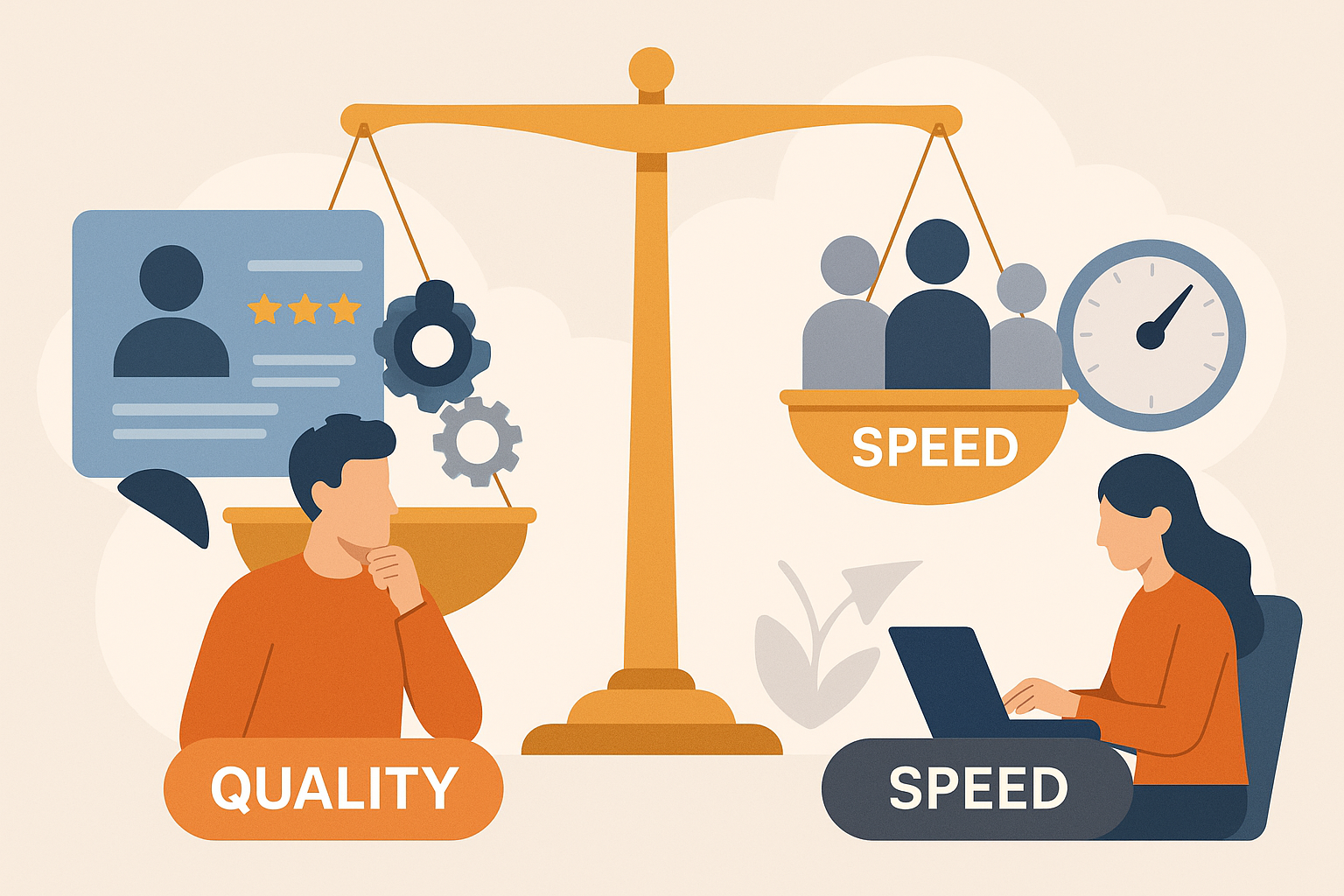What's in this article?
In the competitive landscape of sales, leveraging AI-backed predictive models has become essential for boosting conversion rates and staying ahead of the curve. These advanced models enable sales teams to transition from relying on intuition to making informed, data-driven decisions, ultimately enhancing performance and sales outcomes.
What Are Predictive Models?
Predictive models utilize historical data and algorithms to forecast future outcomes. For sales teams, these models analyze previous customer interactions and behaviors to predict purchasing decisions, enabling more precise targeting and efficient engagement strategies.
Benefits of Predictive Models
- Efficiency Increase: By automating the data analysis process, predictive models save valuable time for sales teams, allowing them to focus on engaging with customers rather than processing data.
- Improved Targeting: Predictive models provide personalized recommendations based on customer data, increasing the likelihood of conversion.
- Enhanced ROI: Predictive models streamline processes and focus resources on high-value leads, ensuring optimal allocation and maximizing return on investment.
How Predictive Models Enhance Conversion Rates
Insights Through Data
Predictive models offer actionable insights into customer behaviors, enabling sales teams to tailor their approaches to effectively meet customer needs. This strategic use of data enhances the precision and pertinence of sales pitches, contributing to higher conversion rates.
Real-Time Lead Scoring
With predictive scoring, leads are evaluated in real-time, which ensures that only the most promising leads are prioritized. This immediate assessment can significantly boost response rates and improve overall sales performance.
Automating Routine Tasks
The power of AI facilitates the automation of routine tasks such as sending follow-up emails or scheduling calls. This automation ensures a timely follow-up, which is crucial for sustaining interest and customer engagement.
Implementing Predictive Models: Best Practices
Seamless CRM Integration
To fully capitalize on predictive models, it is necessary to achieve seamless integration with existing CRM systems. This integration ensures consistent data flow and analysis, providing that all customer interactions are informed by the most up-to-date insights.
Continuous Training and Support
Sales teams should receive ongoing training on how to interpret and effectively use the data generated by predictive models. Continuous support and education can help maximize the tools’ effectiveness.
Adapting Through Continuous Monitoring
The true power of predictive models lies in their adaptability. Regular updates with new data allow these models to refine predictions and adjust strategies to align with changing market conditions.
ProPair’s Success Story
ProPair has successfully implemented predictive models to significantly enhance its conversion rates. By concentrating on real-time lead scoring and data-driven insights, ProPair realized a 20–40% improvement in performance, showcasing the potent impact of predictive analytics on sales results.
Logical Next Step
Embracing AI-backed predictive models requires a strategic approach that fosters integration, training, and continuous adaptation. To explore how these models can transform your sales process, consider booking a consultation to discover tailored solutions that meet your business’s unique needs.
Explore how AI can transform your lead handling and schedule a demo with ProPair.
FAQ
What is the ROI on predictive lead assignment?
Predictive lead assignment can significantly improve conversion rates by ensuring the most promising leads are prioritized, leading to a better allocation of resources and higher ROI.
Can leads be customized by priority or urgency?
Yes, leads can be customized by priority or urgency through sophisticated scoring algorithms that assess each lead’s potential in real-time.
How does integration with existing systems work?
Integration with existing CRM systems is seamless and ensures a consistent flow of data, enabling predictive models to deliver real-time insights that enhance customer engagement strategies.



